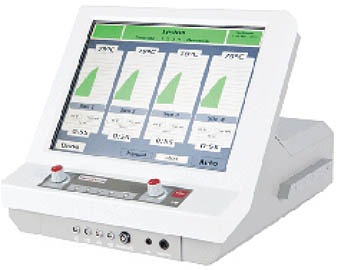Approximately 80-90% of patients get significant relief from chronic back and neck arthritis pain with radiofrequency lesioning. Although the pain relief lasts longer than many other procedures, it is not permanent. Sensory nerves regenerate over time, causing pain symptoms to reappear. There are some risks associated with radiofrequency lesioning including pain and numbness at the site, and very rarely bleeding, infection or weakness in an extremity. . A more severe, but rare complication is nerve damage, which can lead to a persistent burning sensation and a feeling of numbness or weakness.
Radiofrequency ablation of the nerves to the facet joints of the neck and back provide significant pain relief lasting 6-9 months on average but may last as long as a year. RFL procedures do not use steroids and can be repeated indefinitely without known harm other than the rare risks described above.
